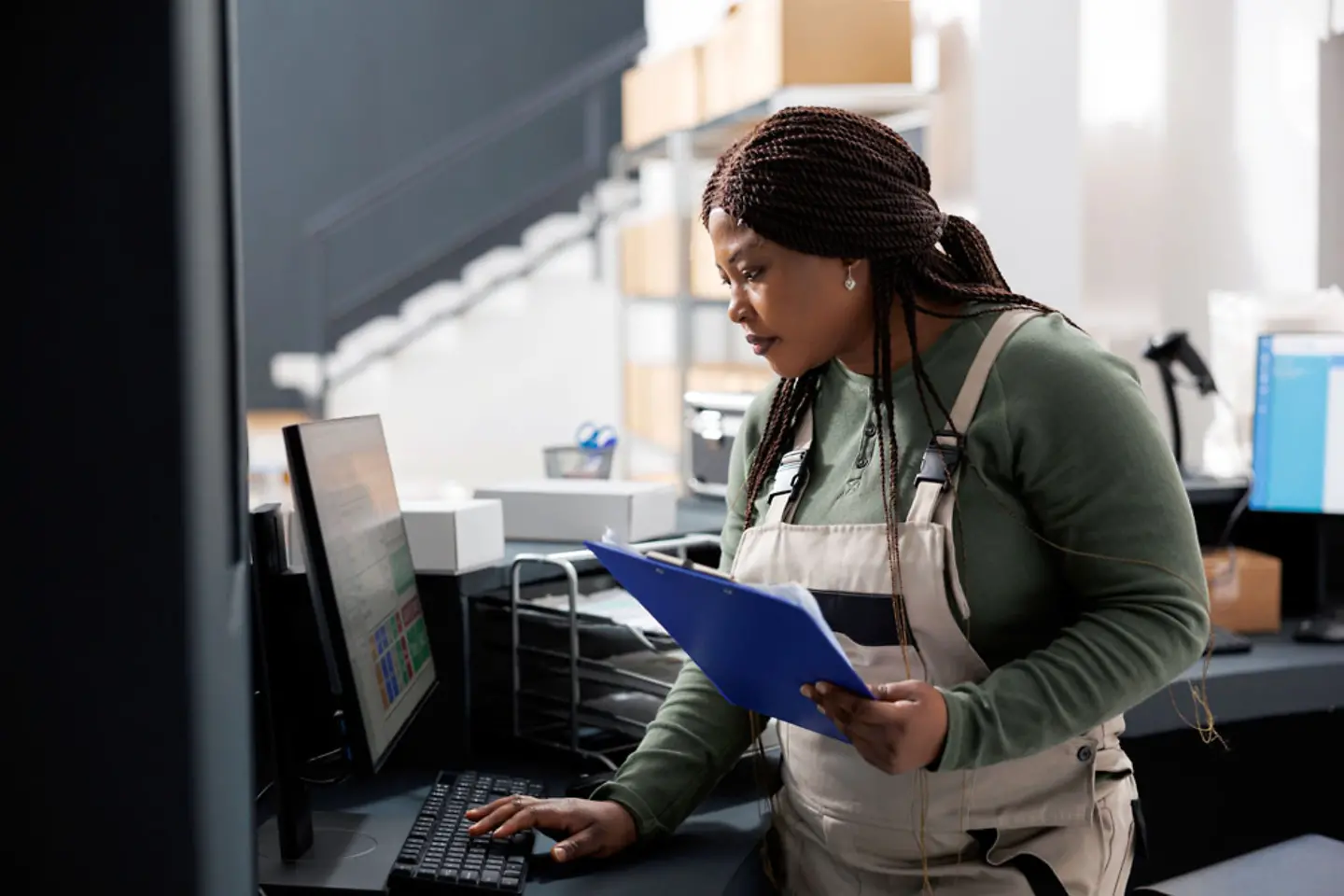
As urban landscapes evolve, the need for reliable, efficient, and sustainable public transportation has never been greater. With a focus on harnessing digital advancements, we are committed to shaping a future where public transport is not just a mode of commuting, but a catalyst for urban development and ecological balance. Our deep expertise and innovative technology solutions are driving a paradigm shift in the way cities and communities approach mobility.
Take the opportunity to fully digitalize the management of your local public transit system. Right across all processes. Fulfill the requirements of a future-proof operation with high cost-efficiency and a modern passenger experience. The T-Systems Smart Transport Suite offers modules that are coordinated with one another, and that can be used individually or together. Individually tailored to your local public transit requirements. The suite contains the following modules: planning and scheduling, operational management, ticketing, analysis and optimization, radio control center, dynamic passenger information, and e-charging management.
In the world of transportation, meticulous planning and efficient disposition are the cornerstones of success. Our comprehensive suite includes service planning, personnel planning, vehicle planning, and vehicle disposition solutions. These integrated tools empower transportation agencies to optimize routes, manage staff effectively, and ensure vehicles are deployed strategically. With these advanced systems, we streamline operations, reduce costs, and enhance overall efficiency, ensuring a smoother journey for passengers while boosting the bottom line.
In the pursuit of transport excellence, analytics, and optimization play a pivotal role. Our suite features AI-based departure and arrival forecasts, a robust data analytics platform, and steadfast support for traffic management. With these tools, we transform data into actionable insights, providing real-time forecasts and traffic management solutions. These data-driven strategies enable transportation agencies to operate more efficiently, reduce delays, and offer passengers a smoother, more punctual travel experience.
T-Systems is an innovative digital service provider in public transport with outstanding customer-centric products. We combine deep industry expertise with our digitalization proficiency to develop and implement digital solutions that enable efficient, intermodal, and safe use of existing infrastructure, e.g., cloud-aware Intermodal Transport Control System (ITCS) for public transport providers. For travelers, we create a better user experience by providing reliable information and seamless transit, e.g., an AI-based forecasting machine and e-ticketing solution linking various modes of public transport.